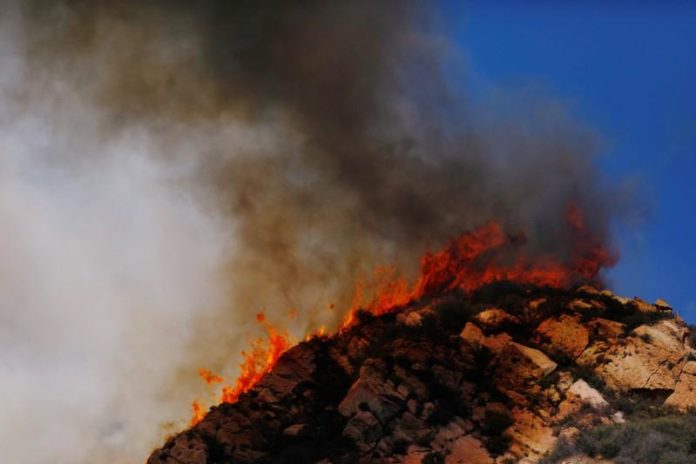GUATEMALA CITY, Nov 20, 2018 (BSS/AFP) -Guatemalan authorities declared
a red alert and evacuated around 4,000 people Monday after the Fuego volcano
erupted for the fifth time this year, sending bursts of ash and lava down the
mountain before its activity decreased.
Memories are still painfully fresh of the volcano’s eruption in June,
which swept away villages and left nearly 200 people dead and 235 missing.
The Institute of Volcanology’s director Pablo Oliva said the volcano’s
activity level had dropped significantly by late Monday, but that it was too
early to tell locals to return to their homes.
A spokesman for Guatemala’s disaster management agency CONRED had
earlier said it decided to evacuate the municipality of Escuintla and two
other districts. Some 4,000 people were taken to temporary shelters as a
precaution.
The spokesman, David de Leon, said the eruption became increasingly
violent after it began Sunday morning, leading to fears for the safety of the
thousands of people who live on the slopes of the 3,763 meters (12,246 feet)
high mountain.
A column of ash rose about 1,000 meters above the crater and areas west
of the volcano — 35 kilometers (22 miles) from Guatemala City — were under
a barrage of gas ash and fiery rocks, CONRED said.
A previous eruption on October 12-13 was characterized by increasingly
loud booms and lava flow. On that occasion, 62 people were evacuated from
their homes as a precaution and a highway around the mountain was closed.
Many of those evacuated on Monday said they had feared a repeat of the
deadly June eruption.
“We were scared and that’s why we evacuated,” said Miriam Garcia, from
the village of El Rodeo which was largely spared the deadly eruption.
“You have to get out as soon as possible because when that (volcanic
material) comes close, you no longer have time to leave, even if you run,
because it comes very fast,” said Oscar Juarez from El Rodeo.
Activity inside Guatemala’s two other volcanoes, Pacaya and Santiaguito,
has increased in recent months but they have not entered the eruptive phase.



